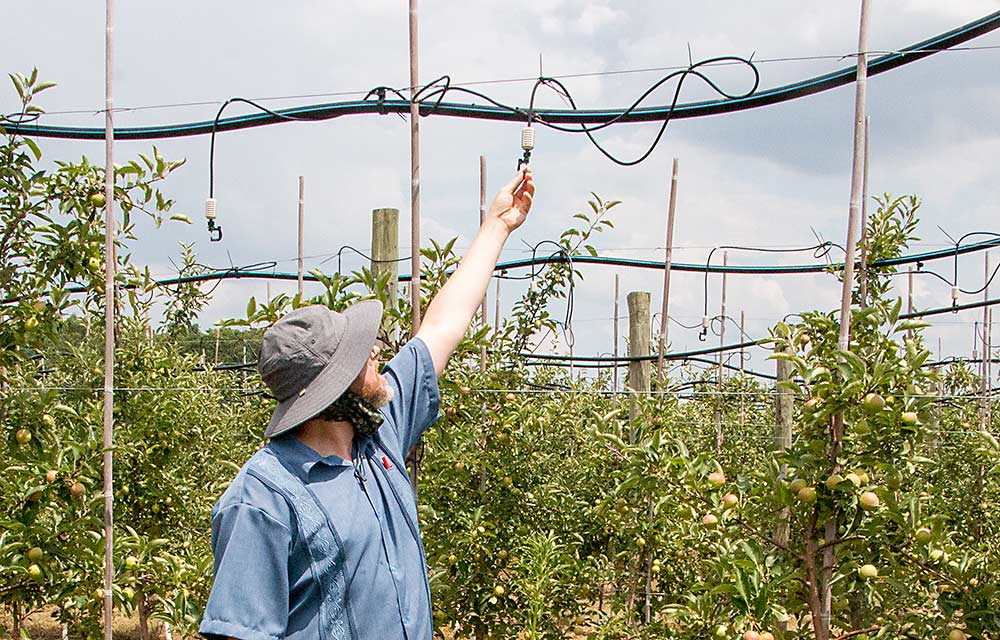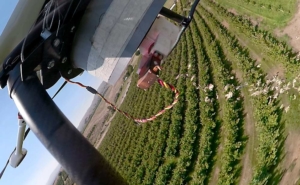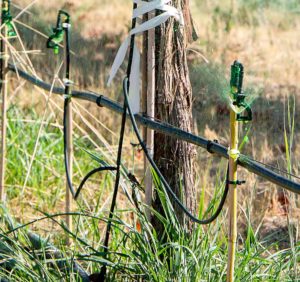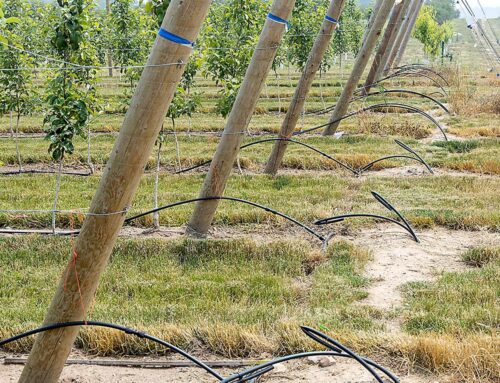
Michigan State University researchers talked alternative pest control systems for apples during a Great Lakes Fruit, Vegetable and Farm Market EXPO educational session on Dec. 8.
Larry Gut, an MSU tree fruit entomologist, started the virtual session by discussing codling moth management using the sterile insect release method, an alternative to pesticides.
He said Michigan growers are doing a pretty good job controlling codling moth, but it’s still a key apple pest, and growers have lost critical tools in the past due to pesticide resistance.
Gut has been exploring the sterile release method for a few years. He gets sterile moths from a Canadian facility, which irradiates them with cobalt. The sterile males mate with wild females, which can reduce egg hatch by more than 90 percent. The method costs more than $400 per acre, however, and needs to be more economical if it’s going to be a practical strategy for growers.
Gut is still trying to figure out if insects should be distributed uniformly throughout the orchard or from a single release point near the center. He’s also weighing drone versus hand delivery.
Drones are efficient and quick, but moths appear to stay in the orchard longer when distributed by hand. Moth recapture is more efficient when the drone hovers 15 meters above the ground, closer to the tree canopy. The higher the drone gets, the lower the rate of recapture, Gut said.
Sterile release achieves good control during the first generation of codling moth, but doesn’t seem to be as effective during the following generations. Gut said future research will seek to find out how many moths, exactly, are needed to suppress codling moth and whether or not the method could eventually eliminate insect sprays.
Solid-set canopy delivery
Following Gut, MSU Associate Professor Matt Grieshop talked about the solid-set canopy delivery system (SSCD), which he’s been developing for years. The system’s basic concept is to distribute pesticide through an orchard via a network of microsprayers fed by a pumping station.
He said SSCD has some advantages compared to traditional airblast sprayers. For one, the applicator no longer needs to be in the treated area. Spray can be applied no matter how passable the orchard ground; you don’t have to worry about your tractor getting buried in mud or damaging your soil.
Grieshop has seen no appreciable difference in insect management between the SSCD method and a traditional airblast sprayer.
He said it’s best to arrange the microsprayers above the canopy, rather than within the trees, because tree growth can occlude sprayers and make it more difficult to detect if they’re damaged.
Grieshop found that for Fuji, the incidence of apple scab was more variable in SSCD plots. This suggests that use of SSCD might be better suited to less disease-susceptible varieties. He also said thinning timings and rates should be evaluated for the system.
—by Matt Milkovich








The information that you have shared with us through this article about msu researches speaking about the pest control at great lakes expo is very informational. Thank you for listing it together and sharing the information with us through this article.